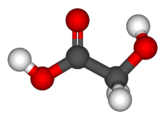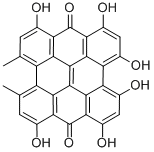Application of Hypericin
Sep 19,2019
Hypericin is a naturally occurring substance found in the common St. John's Wort (Hypericum species) and can also be synthesized from the anthraquinone derivative emodin. As the main component of Hypericum perforatum, it has traditionally been used throughout the history of folk medicine. In the last three decades, hypericin has also become the subject of intensive biochemical research and is proving to be a multifunctional agent in drug and medicinal applications.
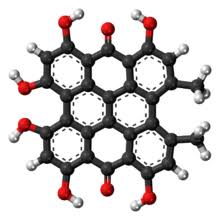
Application
Recent studies report antidepressive, antineoplastic, antitumor and antiviral (human immunodeficiency and hepatitis C virus) activities of hypericin; intriguing information even if confirmation of data is incomplete and mechanisms of these activities still remain largely unexplained. In other contemporary studies, screening hypericin for inhibitory effects on various pharmaceutically important enzymes such as MAO (monoaminoxidase), PKC (protein kinase C), dopamine-beta-hydroxylase, reverse transcriptase, telomerase and CYP (cytochrome P450), has yielded results supporting therapeutic potential. Research of hypericin and its effect on GABA-activated (gamma amino butyric acid) currents and NMDA (N-methyl-D-aspartat) receptors also indicate the therapeutic potential of this substance whereby new insights in stroke research (apoplexy) are expected.
Also in the relatively newly established fields of medical photochemistry and photobiology, intensive research reveals hypericin to be a promising novel therapeutic and diagnostic agent in treatment and detection of cancer (photodynamic activation of free radical production). Hypericin is not new to the research community, but it is achieving a new and promising status as an effective agent in medical diagnostic and therapeutic applications. New, although controversial data, over the recent years dictate further research, re-evaluation and discussion of this substance. Our up-to-date summary of hypericin, its activities and potentials, is aimed to contribute to this process.
Pharmacological activity
Hypericin is believed to act as an antibiotic, antiviral and non-specific kinase inhibitor. Hypericin may inhibit the action of the enzyme dopamine β-hydroxylase, leading to increased dopamine levels, although thus possibly decreasing norepinephrine and epinephrine.
It was initially believed that the anti-depressant pharmacological activity of hypericin was due to inhibition of monoamine oxidase enzyme. The crude extract of Hypericum is a weak inhibitor of MAO-A and MAO-B. Isolated hypericin does not display this activity, but does have some affinity for NMDA receptors. This points in the direction that other constituents are responsible for the MAOI effect. The current belief is that the mechanism of antidepressant activity is due to the inhibition of reuptake of certain neurotransmitters.
- Related articles
- Related Qustion
Methanol is sometimes referred to as ethanol's deadly twin. While the latter is the intoxicating ingredient in wine, beer and schnapps, the former is a chemical that becomes highly toxic when metabolised by the human body. Even a relatively....
Sep 19,2019APIGlycolic acid is the smallest α-hydroxy acid (AHA). This colorless, odorless, and hygroscopic crystalline solid is highly soluble in water. It is found in some sugar-crops.It is one of the most well-known and widely used alpha-hydroxy acids....
Sep 20,2019Chemical ReagentsHypericin
548-04-9You may like
- The benefits of Copper tripeptide
Apr 22, 2024
- Triphosphopyridine nucleotide: Introduction and Uses
Apr 18, 2024
- Is arbutin safe to use every day?
Apr 18, 2024
- St. John\'s Wort Extract
-
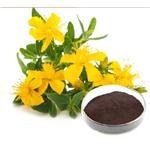
- $10.00 / 1kg
- 2024-04-23
- CAS:548-04-9
- Min. Order: 1kg
- Purity: Hypericin 0.3%UV
- Supply Ability: 10000
- hypericin
-
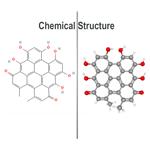
- $0.00 / 10g
- 2024-04-23
- CAS:548-04-9
- Min. Order: 10g
- Purity: 98%
- Supply Ability: 2000
- Hypericin
-
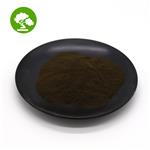
- $0.00 / 25kg
- 2024-04-12
- CAS:548-04-9
- Min. Order: 1kg
- Purity: 99%
- Supply Ability: 2000ton




